


















The events of the pandemic have permanently changed how and where we work.
In truth, the impact of Covid has served to accelerate a shift in ways of working that was already underway.
For knowledge-based industries, the move away from traditional office-based working has been gaining momentum over recent years, as businesses recognise the benefits of enabling people to work where and how best fits the organisation and its people.
For those businesses that were lagging the curve, being forced to adopt work-from-home practices in March 2020 provided the push they needed to realise the many benefits of a more agile, flexible way of working.
In June 2020, Facilities Management Journal covered estimations that demand for UK office space could drop by up to 50%. The report also forecast that up to half of the office-based population would eventually embrace remote working. Two years later, it looks like this prediction was largely accurate.
As workforces adjusted to working from home, office occupancy levels dropped. Desks remained
unused and entire floors of offices became vacant. Companies began to recognise the value of implementing flexible working strategies, and most are still offering hybrid working options. The cost of unused office space

With employees working outside of the office, it’s estimated that UK companies waste £10 billion each year on surplus office space. There are now even plans set out by the City of London Corporation to turn unoccupied office space into 1,500 residential homes by 2030.
As the ways we interact with our places of work continue to shift, many businesses have been rethinking their approach to space utilisation and real estate expenditure.
From a commercial perspective, tapping into unused office space enables companies to maximise the impact of their assets. There’s potential to generate a profit by repurposing the space they no longer need.
2
Surplus Space: Transform your office grey space into a revenue generator
It’s time to consider how to make the most of your surplus office space. Our guide on repurposing extra office space explains how to develop a profitable solution.

We’ll cover how to: Take advantage of the evolving role of the office See ‘grey space’ as an opportunity, not a burden Optimise your excess office space by subletting Transform your grey space into attractive offices Work with property agents to achieve ideal outcomes
If your business has been left with excess office space due to evolving working patterns, our guide on how to optimise this space will help.
With employees working outside of the office, it’s estimated that UK companies waste £10 billion each year on surplus office space.
The unpredictable nature of events we’ve experienced over the past few years have naturally had a considerable impact on the way we work. Here’s how we’ve seen office space requirements evolve – and how you can tap into these changes in ways that work in your favour.
The pandemic and resulting lockdowns dramatically increased the number of UK employees working from home. Only 5.7% worked from home in January 2020. The Office for National Statistics found that in the peak of lockdown in June 2020, 49% of UK employees were working from home.

Companies have had to invest billions in solutions that helped facilitate the unexpected shift to remote working, including:
Office equipment, hardware, and tech to take home Training sessions
Employee monitoring software Relocation salary adjustments or subsidisations Wellbeing programmes
Cloud network and storage updates
• Contributions to home Wi-Fi and phone bills
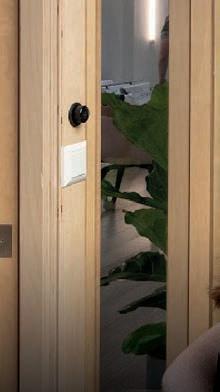



Although there is an initial expenditure for companies implementing these changes, remote working offers the opportunity to reduce real estate costs. Adjustments made to ensure productive, effective remote working are also still proving beneficial for many companies. As the prevalence of remote working continues, these investments are now paying off.
This gives businesses more flexibility in adapting their working environments and policies - especially as we’re noticing an increasing shift towards co-working and agile working.
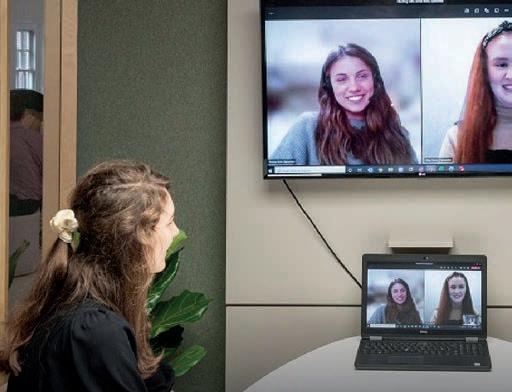
While it’s clear our requirements surrounding office space have changed, a Q4 2021 survey into the UK Commercial Property Market by RICS stated that 66% of participants felt office space was still necessary for a company to operate successfully.
Most offices are still central to business. Having a dedicated workplace enhances the sense of community involved in working as part of a company, in particular providing the opportunity to communicate and collaborate face to face. This can have a big impact on employee morale, which in turn impacts engagement and people performance.
Due to the continued integral role of the office, companies are faring best when they work to downsize, or optimise their space – not when they eradicate access to the office entirely.

The overflow of grey space ‘Grey space’ refers to unused, excess office space that tenants can’t give back due to ongoing lease terms. There was a 106% increase in the amount of grey space over just 12 months during the pandemic. The intensifying imbalance between required office space and grey space means companies are wasting increasing amounts of money on unused real estate.
Rather than continuing to lose money on this excess space, it’s worth thinking about how it could be successfully repurposed.


felt office space was still necessary for a company to operate successfully
66%

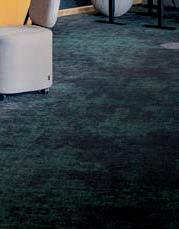
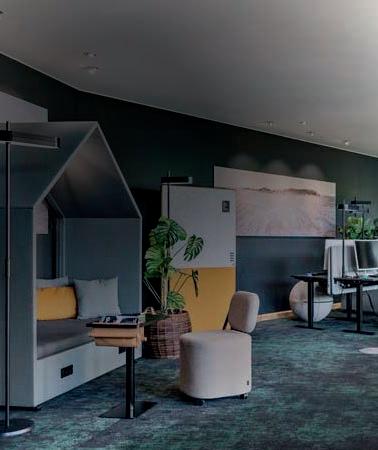

There are many advantages to repurposing the growing amount of grey space within offices. Here’s why subletting extra office space is the most tempting option for many:

Income from subletting can cover real estate expenses

There is potential for profit


• Stay where employees are comfortable
Adjust your current office to suit hybrid working
office
have remote
need

Switching up your perspective can make you see surplus office space as an opportunity.
Rather than an extra cost setting you back, investing in this space can help you maximise your resources.
While you have the freedom to renovate additional space as you wish, it’s worth focusing on delivering the benefits that prospective tenants will be looking for from their sublet. Here are just a few of the ways you can implement attractive workplace concepts and products within your space.
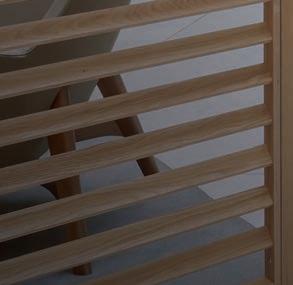



To bring your workspace solution to life, you need to partner up with workspace refurbishment experts.


These design and build specialists can help you navigate your project, ensuring you create a space that ticks all the boxes and offers clients (and your own business) value for money.
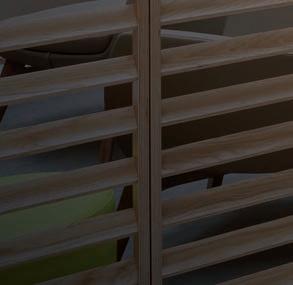




Choose an office refurbishment team that can support you throughout your entire project. They should begin by carrying out a workspace consultancy evaluation, noting ways to improve your space with effective solutions to boost productivity. Space utilisation is a core consideration in optimising your grey space – the more efficient ways you fill your space, the more profit you can generate. Your design and build team will help configure the layout of your new offices, taking into account the current space and state of your grey space and how they can best optimise the area.
grey space into a revenue generator
Practicality isn’t the sole factor that makes subleasing office spaces so tempting to businesses and individuals. These workspace solutions are often fit out with enticing interiors that are more affordable for companies to lease than to develop themselves.

Your design and build team will have a portfolio of previous refurbishment projects they’ve worked on. They should help guide the interior design process, incorporating your own input while considering current workspace trends, futureproofed and efficient design solutions - and your budget.



It’s not all about how your new workspace looks. Potential tenants will be looking for spaces that enable employees to do their best work. Think about performance-boosting aspects like ergonomic furniture, natural light sources, relaxation spaces.



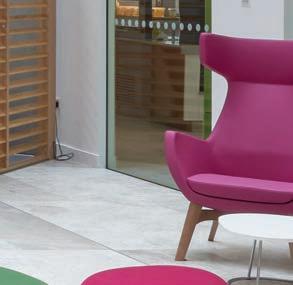


Considering everything from a human-centred design perspective will ensure your workspaces are places people can thrive. Your clients will be willing to pay more for that luxury, continuously renewing their lease contracts as they notice improved outcomes from the workforce.

Your design and build specialists will be wellversed in merging functional elements within your offices. Adopting successful concepts that we’ve seen across hybrid and agile working environments will be another bonus they can help you achieve. This will help ensure your subleasing project becomes a success.

Think about the most efficient placement and design of restrooms, break-out areas, cafeterias, meeting rooms and collaboration zones. In co-working spaces, these designated areas offer potential to boost that sense of belonging and connectivity often lacking in those that work alone or in smaller groups.
Even those with self-contained private offices, or individual desks, will want to keep their own things and personal tech in the office overnight. Securitywise, think about how you’ll make this possible. Will you offer designated smart lockers? Where can they be placed for easy access?
Your design and build partner will identify solutions to the issues that arise, combining their workspace consultancy experience with a robust, evidence-based approach to getting the most from the new layout.
Companies with well-developed company cultures, or those seeking longerterm lets, will want to inject their own personality into their space. The ability to provide customisable elements within any self-contained offices will enhance their appeal to prospective tenants.
Consider:
• Chalk or noticeboard walls – costeffective yet fully customisable
Areas to showcase company values and inject the brand ethos
Moveable furniture and partitions, modular design
Elements to support company culture - collaboration zones, wellbeing rooms, recycling systems
Adjustable lighting, temperature, and acoustic tech – these can be adapted to specific preferences of individuals and teams, giving more control over the working environment
Think about the most efficient placement and design of restrooms, break-out areas, cafeterias, meeting rooms and collaboration zones.

Any office user will understand the importance of having enough and the right kinds of technology in the workplace, but this crucial element is amplified when we consider how to work around offices designed to be sublet to a range of tenants. How will the provision of WiFi work? What about data storage? You will also need to think about how best to provide access to videoconferencing and collaboration technology, bookable resources and rooms, among other things.
Consider placing any ‘sharable’ equipment in accessible communal zones so they can be utilised by more than one tenant. Consider how you’ll facilitate the use of necessary office technology between spaces:

Conferencing tech
• Multimedia systems
• Sit-stand desks
Interactive smartboards
Each tenant will have varying degrees of reliance on the tech they use – some of them requiring more niche systems and hardware. Think about the more uncommon tech your tenants might require. Will they be required to bring in their own equipment? The ability to provide access to expensive office equipment could be a huge selling point for those smaller businesses who otherwise wouldn’t be able to afford access.
Your design and build team can help you navigate the tech aspect of your new space. They’ll be experienced in advising on the best technology for you to implement, considering how this may impact the future of your office throughout the entire process. Their goal should be to develop a sustainable solution that can evolve, as working habits and requirements continue to change.

with



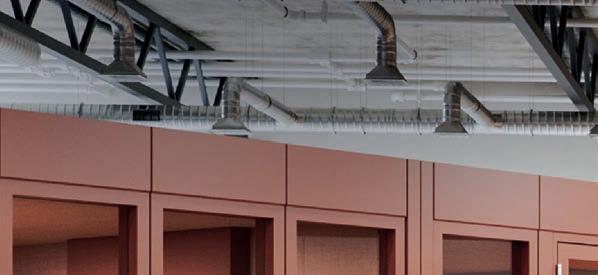
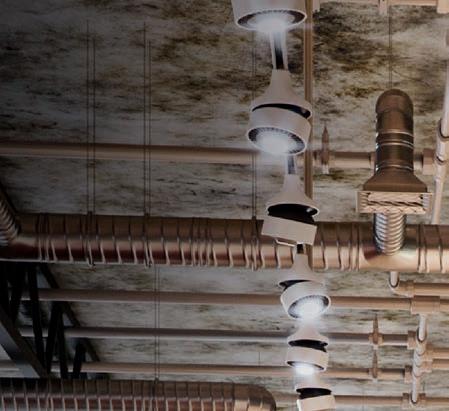


Your property agents can be instrumental in securing the success of your office redevelopment. Here’s how to secure and work with office estate agents that will act in your best interests throughout the process.

You might opt for office real estate agents you’ve worked with before. If you’re seeking a new agent, take the time to review each potential connection. You need to establish a strong sense of trust with them. Look at their portfolio, recent achievements, and whether they fully understand what you’re trying to achieve by subletting.
Make sure all parties are on the same page in terms of achieving a realistic timeframe. Ensure you’re liaising effectively with your design and build team and property agents. Everyone should remain in the know about how things are progressing, and how the timeline for completion is going.
Regarding finances, budgeting is an obvious consideration throughout the entire project. Consider your level of flexibility within the budget. Weigh up the potential ROI and think about the long-term benefits of investing in quality furniture, tech, agents, and designers.
Your agents will know how to negotiate property-related contracts to work in your favour. Your design and build team will work to optimise your budget with cost-effective solutions. You could also explore the option of funding your refit with a lease finance agreement. Just make sure everyone’s on the same page – communication is key.
Your property agents should be experts in creating attractive office listings to advertise your space. If you haven’t considered it – think about how to secure your tenants before the design process ensues can be beneficial in terms of both providing adequate, tailored facilities, and saving money. Your chosen design and build partner will also be able to help with marketing your space by providing supporting collateral once the project is complete.
Some contracts don’t allow subletting. Your agents will review your contract to confirm whether the terms allow you to sublet or not. Even if your contract allows subletting, consent is key. You need your landlord’s approval to sublet any part of the premises. This is called getting ‘superior landlord consent’. Consider the timeframe involved and how it will impact your plans. This process can take up to 8 weeks and can involve fees of up to £3,000.
Companies without their own bricks-and-mortar offices tend to thrive from the flexibility that adopting this model of subleasing offers. Be wary that some of the businesses looking to sublease from you will still want flexibility in being able to move on, without being too tied down by lengthy contracts.
Depending on the size of your extra space, you could offer a range of lease lengths to accommodate businesses with varying commitment requirements.
Month-to-month, quarterly, biannual contracts are a good place to start, unless a business specifically requests otherwise.
Offering shorter-term lets can work in your favour, too. It enables your own business the chance to reclaim the space sooner if you do expect to go through periods of expansion. If you don’t need the space back any time soon, and the time comes to offer a lease renewal, your tenants are likely to renew if you have managed to meet all their expectations anyway.
16 Optimising Surplus Space: Transform your office grey space into a revenue generator


At Office Workspace, we have a wealth of experience in helping our clients to repurpose their excess office space to generate a profit. Our dedicated team work closely with our clients to realise performance-led spaces that go above and beyond expectations.
From initial consultancy and development of your surplus space strategy, to detailed design and delivery, technology and furniture overlay, through to putting together your entire subletting marketing pack, we’re with you on every step of the journey.
We’re transforming grey spaces into great spaces. Let’s get working on yours.
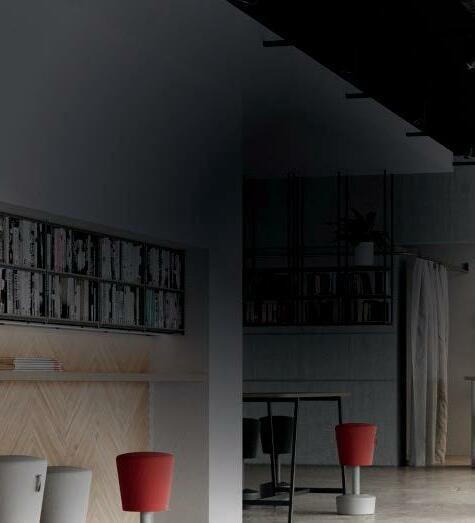

into


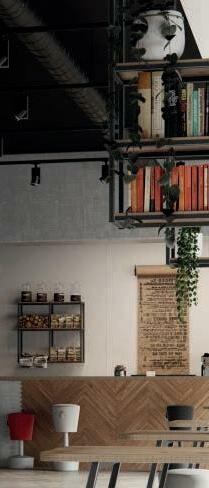

At Office Workspace, our goal is to enable your people to achieve more – to be more productive, more connected, more engaged, more creative. To work better.
We create workspaces that deliver on these promises, bringing together the latest insights in workspace psychology, evidence-based design, innovative workspace technology and proven change management techniques, to help drive improved people performance.







Modern workspace strategies are all about people. By providing choices in where, when, and how people work, we empower them to find the best way to achieve their goals, enabling them to flex and adapt to the opportunities and challenges they face.
Successful businesses recognise the value that a future-ready, people-centric workspace can bring. At Office Workspace, we can help guide you and your people to a better way of working.
To find out more about how we can help your business to perform better, get in touch today on +44 (0) 20 8309 0000 or email hello@officeworkspace.com.





